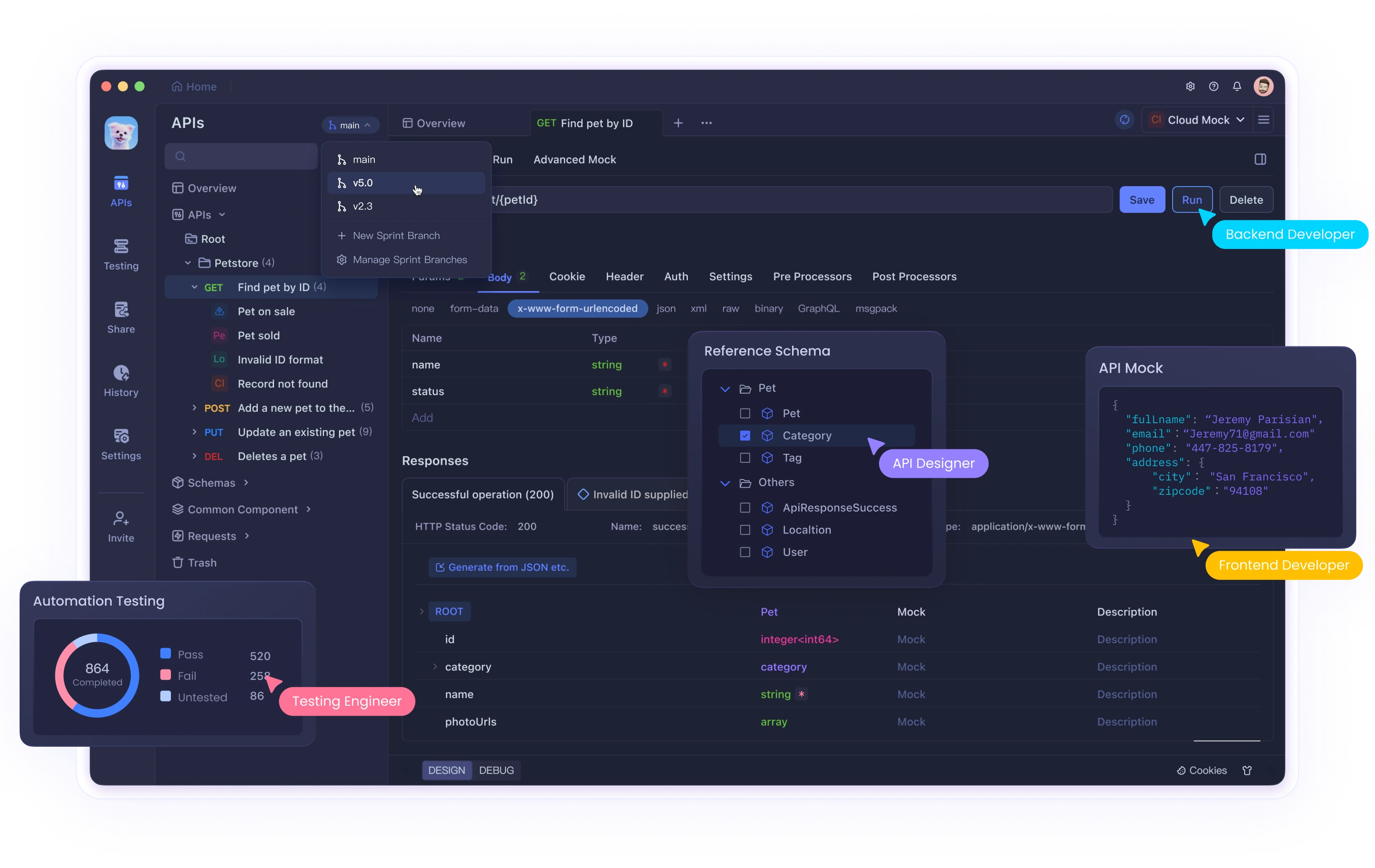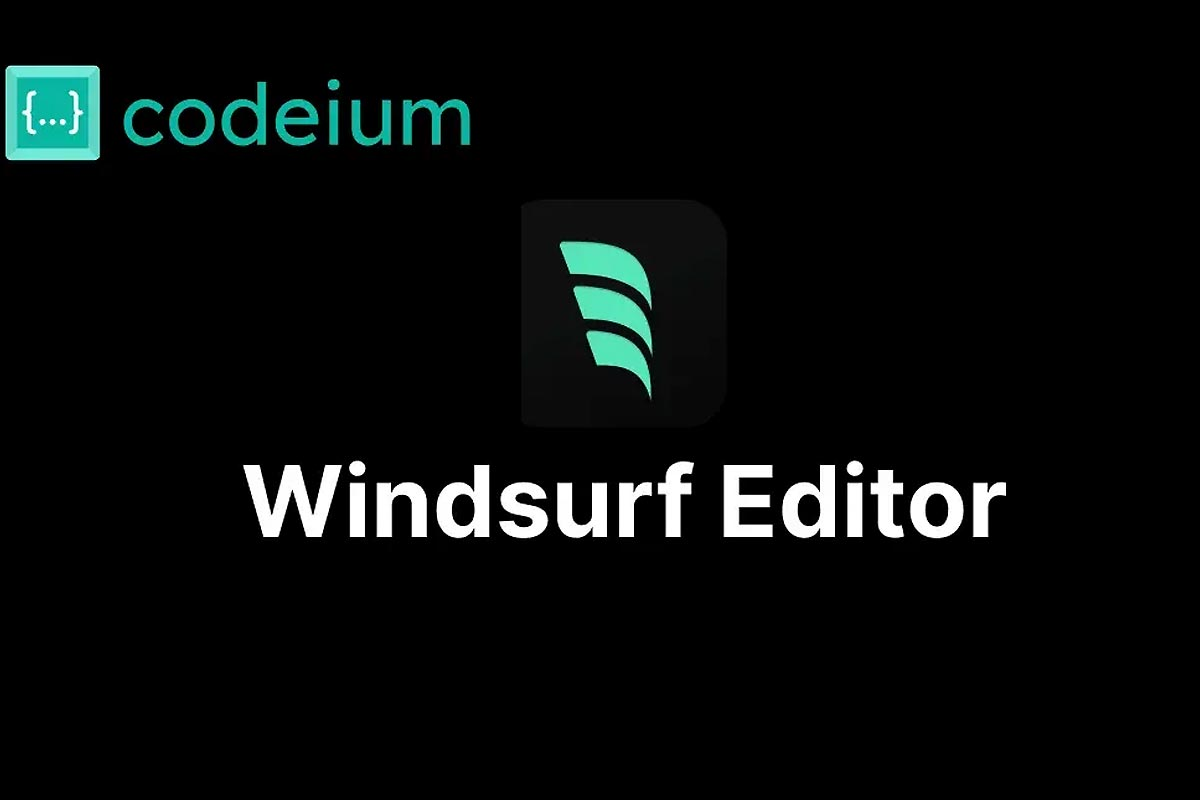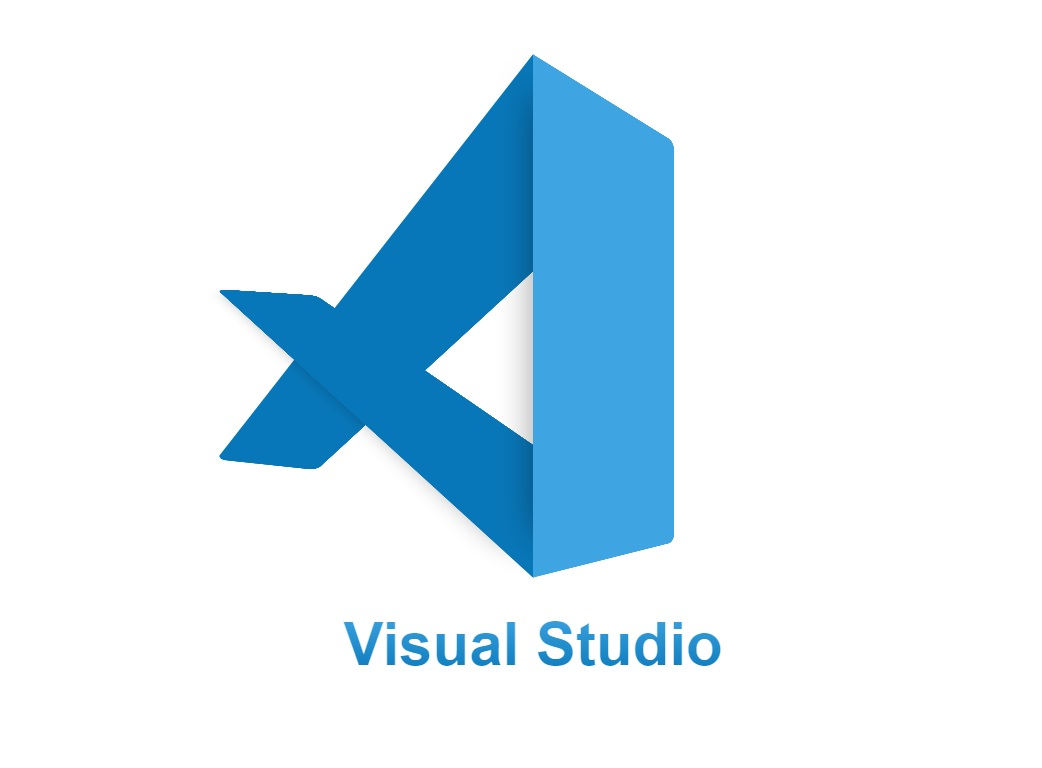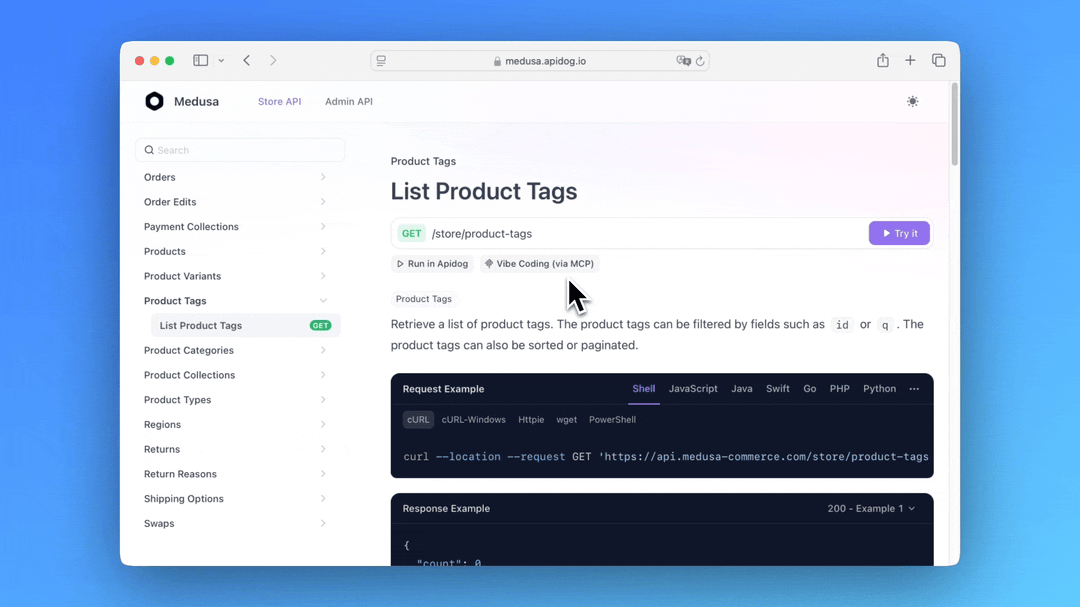Working with up-to-date libraries and accurate code is essential in development, but many AI tools and code assistants still rely on outdated or generalized information. This often results in frustrating bugs and inefficiencies. Anyone who's received a code example with deprecated APIs or methods that don't exist knows how disruptive it can be to the development process, wasting time and causing unnecessary debugging efforts
That’s where Context7 comes in — a powerful MCP (Model Context Protocol) server that brings version-aware documentation directly into your development workflow. In this guide, we’ll walk through what Context7 is, how it works, how to install it on various platforms, and how to use it effectively to supercharge your code generation with precision and speed.

You can check the Medusa API Docs as example:

Why Traditional Code Suggestions Often Fail
Language models are typically trained on static data. This means the suggestions they provide might be:
- Outdated: Using older versions of APIs or methods that have since been replaced or removed.
- Incorrect: Hallucinating functions that don’t exist or combining methods improperly.
- Generic: Offering one-size-fits-all code that doesn’t reflect the specific library version you’re working with.
These issues slow down development, introduce bugs, and increase context-switching as developers scramble to cross-check information on forums and documentation sites.
What is Context7?
Context7 is an MCP server that solves these problems by dynamically injecting up-to-date, version-specific documentation into your prompts. Whenever you write a prompt that includes use context7, the server fetches current official documentation and code examples and integrates them directly into the context window for your AI assistant.
It’s like having the latest docs right inside your code editor, interpreted and summarized for you in real time.
Key Benefits
- Real-Time Documentation Access
No more flipping between tabs — get the most recent official docs delivered directly into your prompt. - Version-Specific Code Examples
Receive examples that are accurate for the exact version of the library you’re using. - Boosted Productivity
Eliminate the need for repetitive manual searches and reduce time spent debugging outdated code. - Universal Compatibility
Works with major MCP-compatible clients including Claude Desktop, Cursor, Windsurf, and more.
How Context7 MCP Server Works
When you type a prompt like:
Create a CRUD API in FastAPI with authentication. use context7
The Context7 server:
- Identifies the library being referenced (e.g., FastAPI).
- Looks up the latest version of the official documentation.
- Parses and injects the relevant content into the AI’s prompt context.
- Returns a response with updated, version-accurate code examples.
This all happens behind the scenes, within milliseconds.
How to Install Context7 MCP Server
Prerequisites
Before you begin, make sure you have:
Node.js version 18 or higher
An MCP-compatible client like Claude, Cursor, or Windsurf
Installation via Smithery CLI (Recommended for Claude Users)
If you’re using Claude Desktop, install via the Smithery CLI with a single command:
npx -y @smithery/cli install @upstash/context7-mcp --client claude
This will install and configure Context7 for immediate use.
Manual Installation by Client
For Cursor

Go to: Settings → Cursor Settings → MCP → Add new global MCP server
Or manually edit the file: ~/.cursor/mcp.json
{
"mcpServers": {
"context7": {
"command": "npx",
"args": ["-y", "@upstash/context7-mcp@latest"]
}
}
}
For Windsurf

Update your configuration file:
{
"mcpServers": {
"context7": {
"command": "npx",
"args": ["-y", "@upstash/context7-mcp@latest"]
}
}
}
For VS Code / VS Code Insiders

Update your VS Code MCP config:
{
"servers": {
"Context7": {
"type": "stdio",
"command": "npx",
"args": ["-y", "@upstash/context7-mcp@latest"]
}
}
}
For Claude Code
claude mcp add context7 -- npx -y @upstash/context7-mcp@latest
For Claude Desktop

Edit your config file (e.g., claude_desktop_config.json):
{
"mcpServers": {
"Context7": {
"command": "npx",
"args": ["-y", "@upstash/context7-mcp@latest"]
}
}
}
Alternative Runtimes
Prefer using Bun or Deno instead of Node? No problem.
Bun:
{
"mcpServers": {
"context7": {
"command": "bunx",
"args": ["-y", "@upstash/context7-mcp@latest"]
}
}
}
Deno:
{
"mcpServers": {
"context7": {
"command": "deno",
"args": ["run", "--allow-net", "npm:@upstash/context7-mcp"]
}
}
}
Using Context7 in Your Workflow
Once installed, using Context7 is simple. Just include use context7 in any prompt where you want the model to reference updated docs.
Example Prompts:
Create a Next.js 14 project with routing and server components. use context7
Write a MongoDB aggregation pipeline to group and sort documents. use context7
Show how to use TanStack Router in a React project. use context7
These prompts will trigger Context7 to fetch the latest docs and ensure the model’s response is accurate.
Advanced Features
Context7 offers tools that go beyond just prompt enhancement. You can also programmatically query docs using the following endpoints:
resolve-library-id
Converts a general library name into a Context7-compatible identifier.
Parameter: libraryName (required)
get-library-docs
Fetches documentation for a given library.
Parameters:
context7CompatibleLibraryID (required)
topic (optional): e.g., "hooks", "routing"
tokens (optional): Defaults to 5000, limits the size of the response
This makes it easy to build custom tools or integrate Context7 into your internal developer workflows.
Local Development and Customization for Context7 MCP Server
Want to contribute or extend Context7? You can run it locally with the following steps:
1. Clone the Repository
git clone https://github.com/upstash/context7-mcp.git
cd context7-mcp
2. Install Dependencies
bun i
3. Build the Project
bun run build
4. Update Your MCP Config
Point your MCP config to the local build:
{
"mcpServers": {
"context7": {
"command": "npx",
"args": ["tsx", "/path/to/context7-mcp/src/index.ts"]
}
}
}
5. Test with MCP Inspector
Validate your setup using the MCP Inspector:
npx -y @modelcontextprotocol/inspector npx @upstash/context7-mcp@latest
This tool helps simulate prompt responses and verify that everything’s working correctly before pushing changes or deploying.
Additionally, you can enhance Your AI Automation with Apidog MCP Server Integration
Take your AI-driven workflows even further by integrating with the Apidog MCP Server.

This powerful connection allows your AI assistant to interact directly with API specifications from Apidog projects, enabling seamless API exploration, code generation, and structured model creation.
Troubleshooting Common Issues
Even with a smooth setup process, occasional hiccups can occur depending on your environment or client configuration. Here are some common problems and how to resolve them quickly:
ERR_MODULE_NOT_FOUND
This error typically appears when using npx to launch the MCP server and Node.js fails to properly resolve the package.
Solution: Use bunx instead of npx.
Update your MCP configuration like so:
{
"mcpServers": {
"context7": {
"command": "bunx",
"args": ["-y", "@upstash/context7-mcp@latest"]
}
}
}
Why it works: In some environments, npx may not install dependencies correctly or handle scoped packages as expected. bunx offers a more reliable alternative, especially in projects already using Bun as a runtime.
MCP Client Errors
Some MCP clients may throw errors or fail to connect due to specific argument formatting or package resolution issues.
Here are a few quick fixes to try:
Remove @latest from the package name
Some clients or runtimes have trouble with version tags. Try simplifying the package call:
"args": ["@upstash/context7-mcp"]
Use bunx instead of npx
As mentioned above, Bun is often more consistent for executing external packages.
Try Deno as a fallback
If you’re in a Deno-first environment or want additional sandboxing, this works well:
{
"mcpServers": {
"context7": {
"command": "deno",
"args": ["run", "--allow-net", "npm:@upstash/context7-mcp"]
}
}
}
Still Stuck?
If none of these fixes work, try:
- Restarting your MCP client/editor
- Ensuring you’re on a supported Node.js version (v18+ recommended)
- Opening an issue on the GitHub repo with your error message and system info
Final Thoughts
In an age where libraries evolve rapidly, using AI tools without up-to-date context is risky. Context7 MCP Server bridges this gap by injecting real-time, accurate documentation into your coding experience.
Whether you're building apps with cutting-edge frameworks or maintaining legacy systems, Context7 keeps your code suggestions grounded in reality ,saving you time, reducing bugs, and increasing confidence.



